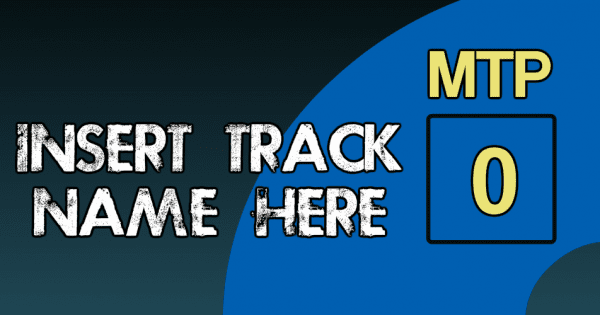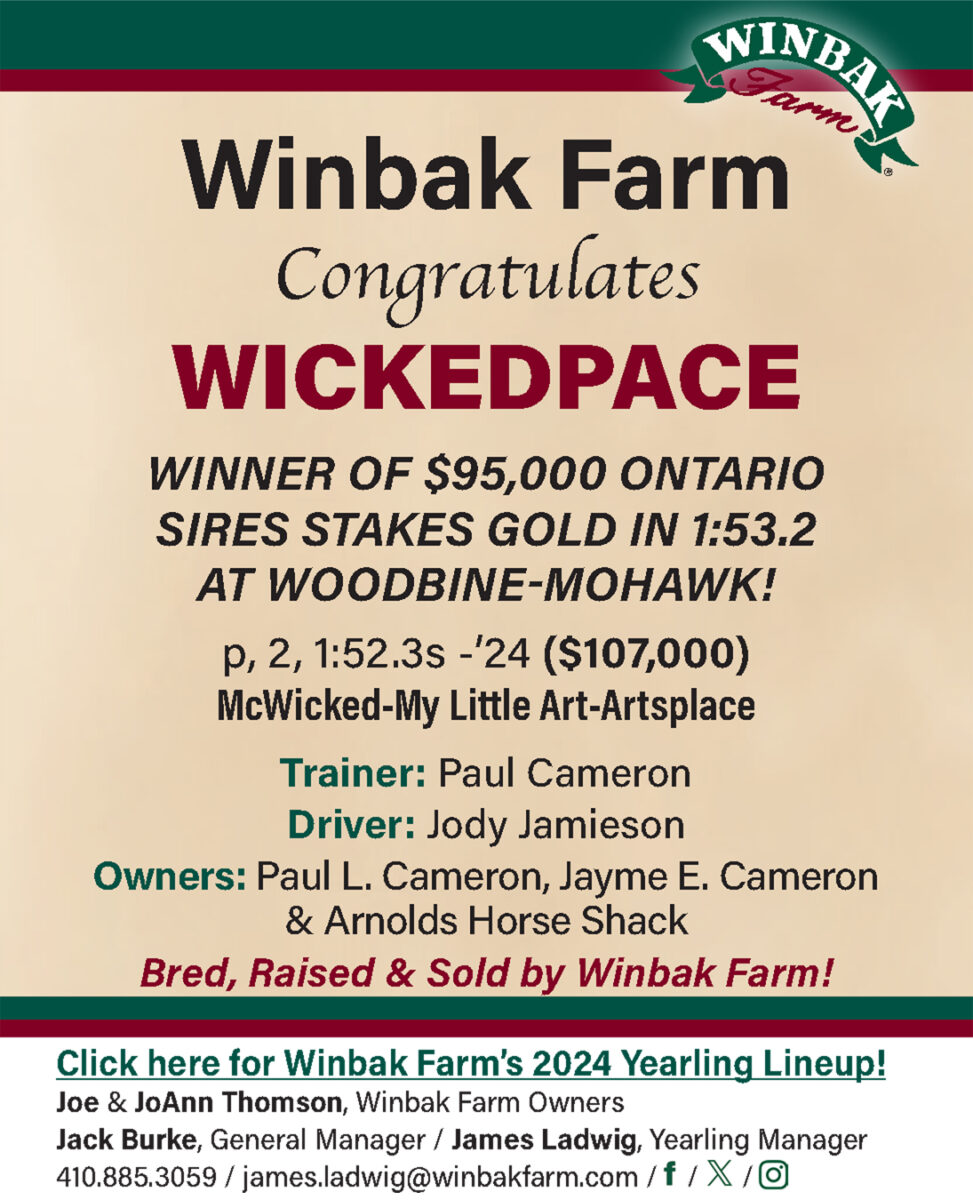

What a drag!
Harness racing drag kings and why zero never equals zero
by Bill Finley
It’s the first race on a Tuesday night at Northfield Park, the horses are leaving the paddock and the clock reads one minute to post. The clock is lying, and everyone knows it.
Seven minutes later and six minutes after the minutes to post on the toteboard and television screens was listed as zero, the race finally started. It was not, of course, an aberration, but business as usual, not just at Northfield but at every pari-mutuel harness track in the U.S.
Harness Racing Update (HRU) tracked the first 11 races on Tuesday at Northfield and the closest any race came to going off on time was 6:13 after post time and the latest was 7:56 after the supposed post.
On the surface it seems ridiculous. Zero equals four or maybe six and, sometimes, nine. It’s a system that has evolved over time. Dave Bianconi, Northfield’s executive vice president of racing and simulcasting, said the delayed post system has its remnants in the days before there was advance deposit wagering (ADW) and simulcasting, when track managers would look down and see lines at the window and delay the race for a few minutes until everyone had got their bet in. It has grown from there and, frankly, turned into something that is completely out of control.
“When it comes to dragging past listed post time it drives me crazy,” said Meadowlands general manager Jason Settlemoir. “It’s very, very frustrating and I know it’s very frustrating to the customers, as well.”
Yet, the Meadowlands is among the worst offenders. Settlemoir said that the track’s policy is to start a race six minutes after the clock hits zero. He said that if a Meadowlands race is in danger of being run at the same time as a race from Mohawk or Woodbine, the drag can be longer than six minutes.
Different track managers will give you different explanations for why they drag their races out, but no matter what they may say the central point is they feel it’s the best way to maximize handle.
“We have no gaming on our end so everything we have is generated by handle,” Hawthorne spokesman Jim Miller said. “We have to do everything we can to maximize handle. With us, a lot depends on other tracks and what they are doing. My focus is on doing everything possible to avoid the big dogs because that’s where the betting dollar is most likely going to go instead of to us. I do everything to avoid the Meadowlands, and try to do same with Mohawk and Woodbine. We’re trying to find that slot. You look at the drag and the last thing you want is your race going off when one of those other tracks is a half-mile into their race.”
Miller said Hawthorne’s drag is normally around four minutes but will be adjusted if that schedule puts them in conflict with an off time at larger tracks.
Northfield has a reputation of dragging its races out longer than any other track. Last week, HRU recorded a Northfield race that went off 10:13 minutes after post time. The reason they do it? Because it works, Bianconi said.
“It’s not just Northfield, it’s every track,” he said. “I even see a lot of thoroughbred tracks now where they are doing it. If it didn’t work (to create more handle) why then is everyone doing it?”
Gulfstream Park, the most popular betting signal in North America at this time of year, has fallen in love with the drag concept. Gulfstream races typically go off about six minutes after post time.
HRU did a random sampling and could not find any harness tracks that started their races anywhere near the zero-minutes-to-post point. Two races at Yonkers on Feb. 14 went off at 4:01 and 3:51 after post time. Recently, three races from Monticello went off at an average of 5:09 after the clock hit zero, while the 7th at The Meadows went off 4:05 after post time and the second at Dover Downs went off at 6:24 after post time.
One would think bettors wouldn’t be the least bit fooled by the games tracks play with posts, that would know they don’t even have to consider making a wager until at least three or four minutes after post time. Bianconi argues that with the majority of players playing off track and playing multiple signals that’s not the case.
“You see people at a simulcast facility that are betting multiple tracks and they look up and see zero and they’re not really sure if it’s right at zero or there are two or three minutes to go,” he said. “If you’re just betting Northfield maybe you know. But if you’re betting six tracks you don’t know and I think those are the people who will be led to place a bet at your track because they see the zero and they don’t know if they have time to wait.”
But what if every track simply sent their races off when the clock hit zero? Wouldn’t gamblers quickly adjust. Track executives say no.
“When Jeff (Gural) first took over the Meadowlands (in 2012) he tried to go on post time and the handle dropped immediately, something like 10 per cent,” Settlemoir said. “Jeff and I met with one of the larger gamblers around and talked to him about post times and he said you need to go as long as possible after zero because that increases handle. His explanation was that that gives gamblers more time to watch things and see what the final odds are going to be. I’m guessing it’s been so ingrained in our customers for so many years that no one wagers until the very last minute.”
Settlemoir and others believe the only way the industry could go back to running on time is if all tracks agreed to do.
“In my perfect world zero would be zero and every track would honor that,” Miller said. “That’s what I think it should be.”
“I certainly can’t go it alone because my handle would drop off a cliff if I did,” Settlemoir said. “If everybody were to start doing it at the same time I think there’s an excellent chance nobody’s handle would fall as soon as people realized zero minutes to post means zero minutes to post.”
That would, of course, require cooperation among every facet of an industry known for its inability to cooperate. It looks like zero will continue to equal anything but zero.















